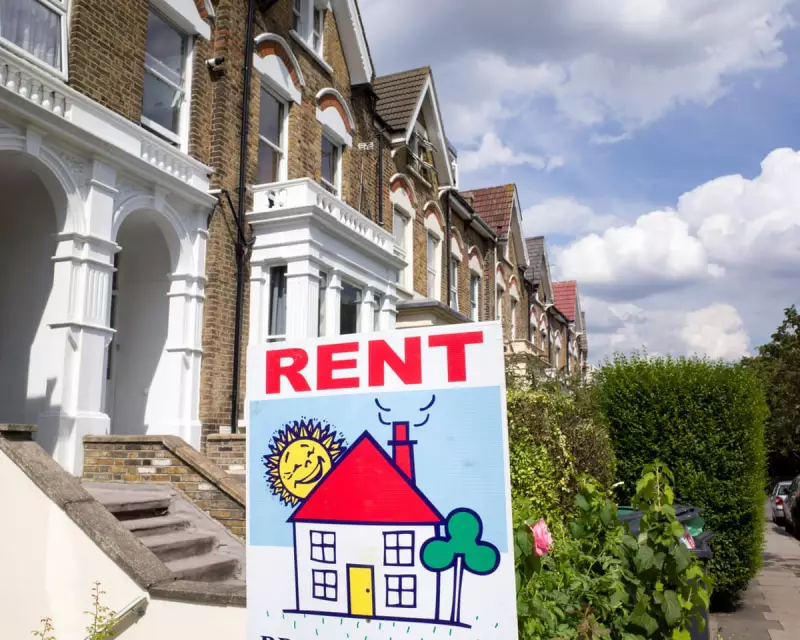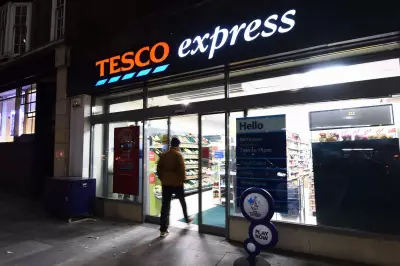
The UK's housing crisis has deep roots in the Thatcherite policies of the 1980s, which prioritised homeownership while neglecting social housing. Today, the consequences are stark: a booming private rental sector dominated by landlords, soaring rents, and a generation locked out of affordable homes.
The Legacy of Thatcher's Housing Revolution
Margaret Thatcher's Right to Buy scheme, introduced in the 1980s, allowed council tenants to purchase their homes at discounted rates. While it was marketed as empowering working-class families, the policy had unintended consequences. Councils were barred from reinvesting the proceeds into new social housing, leading to a dramatic decline in affordable homes.
The Rise of the Private Landlord
As social housing dwindled, the private rental sector expanded rapidly. By 2025, nearly a quarter of UK households rent privately, many at exorbitant rates. Landlords have become key players in the housing market, often benefiting from tax breaks and lax regulations.
Key Issues in Today's Market
- Sky-high rents: Tenants now spend over 30% of their income on rent, up from 20% in the 1990s.
- Poor conditions: Many rental properties fail to meet basic living standards.
- Generation Rent: Millions face lifelong renting with little hope of homeownership.
A Political Failure Decades in the Making
Successive governments have failed to address the housing shortage, instead relying on market-led solutions that favour landlords over tenants. The result? A system where housing is treated as an investment rather than a basic human right.
As the crisis deepens, calls grow for radical reform - from rent controls to massive social housebuilding programmes. But with political will in short supply, the Thatcherite housing legacy looks set to endure.





